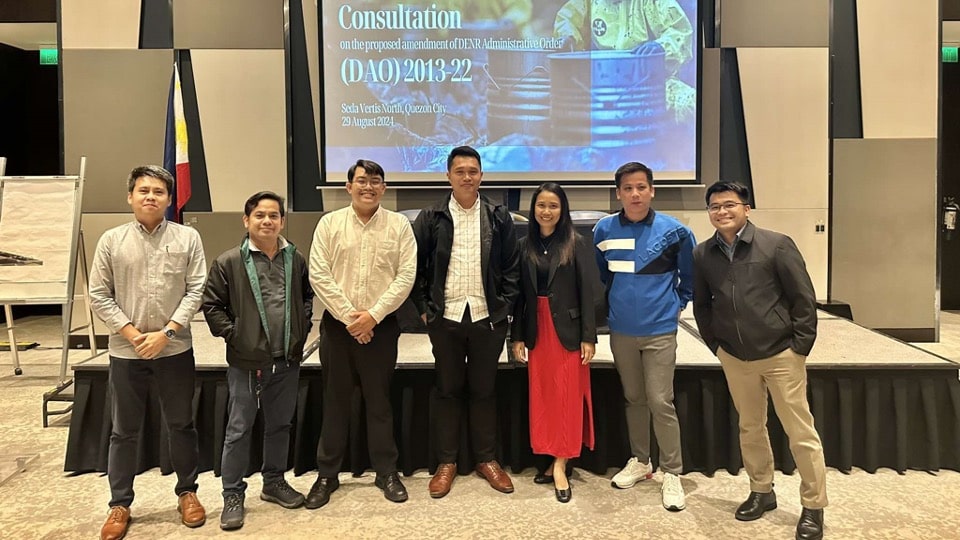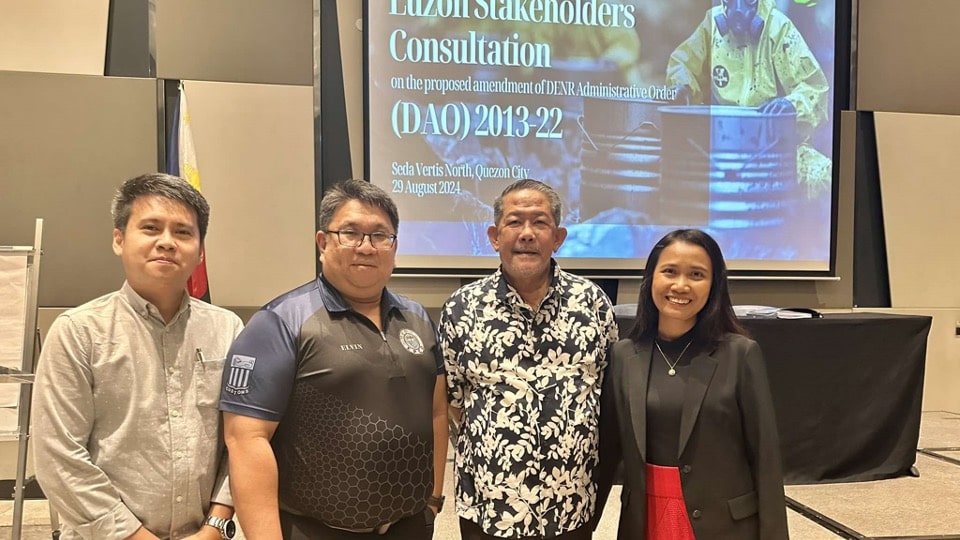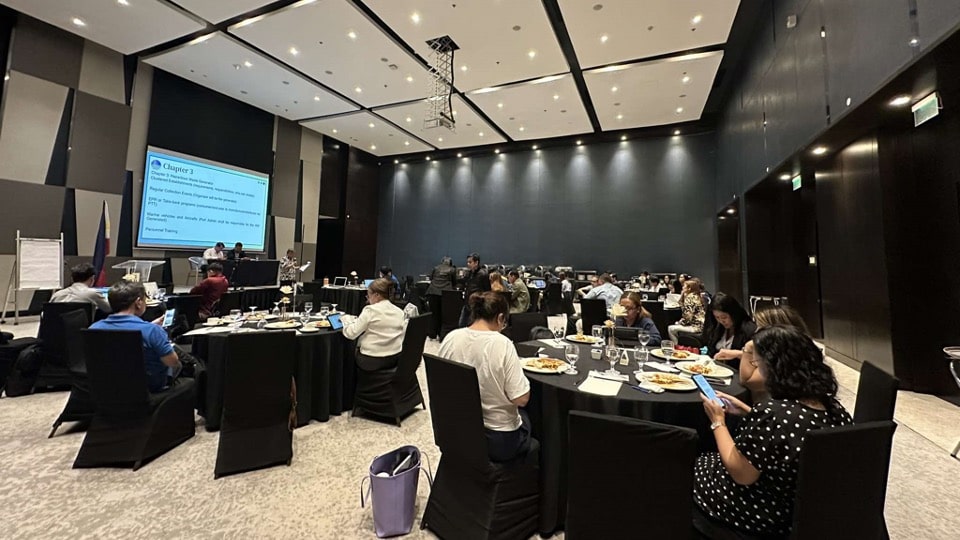
29 Aug DENR-EMB HWMS Initiates Stakeholder Consultation to Strengthen Hazardous Waste Management Regulations
The DENR-EMB HWMS recently hosted a significant stakeholder consultation in Quezon City, aiming to amend DAO 2013-22. This environmental gathering, held at the Seda Hotel, was presided over by OIC Assistant Secretary for Environment and concurrent EMB Director Jacqueline A. Caancan. The event’s primary goals were presented by Mr. Geri-Geronimo Sañez, EQMD Chief. Engr. Irvin G. Cadavona, who was recently appointed as the OIC of the Hazardous Waste Management Section and Engr. Kim Geo P. Bernal, Environmental Management Specialist II Hazardous Waste Management Section presented the proposed administrative order’s salient points, which ignited a series of enlightening exchanges among the attendees.

Joining the public consultation was Engr. Gretchen F. Enarle, President of the Samahan sa Pilipinas ng mga Industriyang Kimika (SPIK), alongside representatives from various government agencies, including the Department of Health (DOH), Department of Trade and Industry-Board of Investments (DTI-BOI), Bureau of Customs (BOC), Transporters and TSD facilities. This collaborative endeavor aims to strengthen the regulatory framework governing hazardous waste management, thereby safeguarding the environment and public health.

The day culminated with a closing statement from Engr. Cadavona underscoring the crucial role of public-private alliances in fostering effective environmental stewardship. The atmosphere was one of shared commitment and anticipation for the positive outcomes that these regulatory enhancements are expected to bring.
